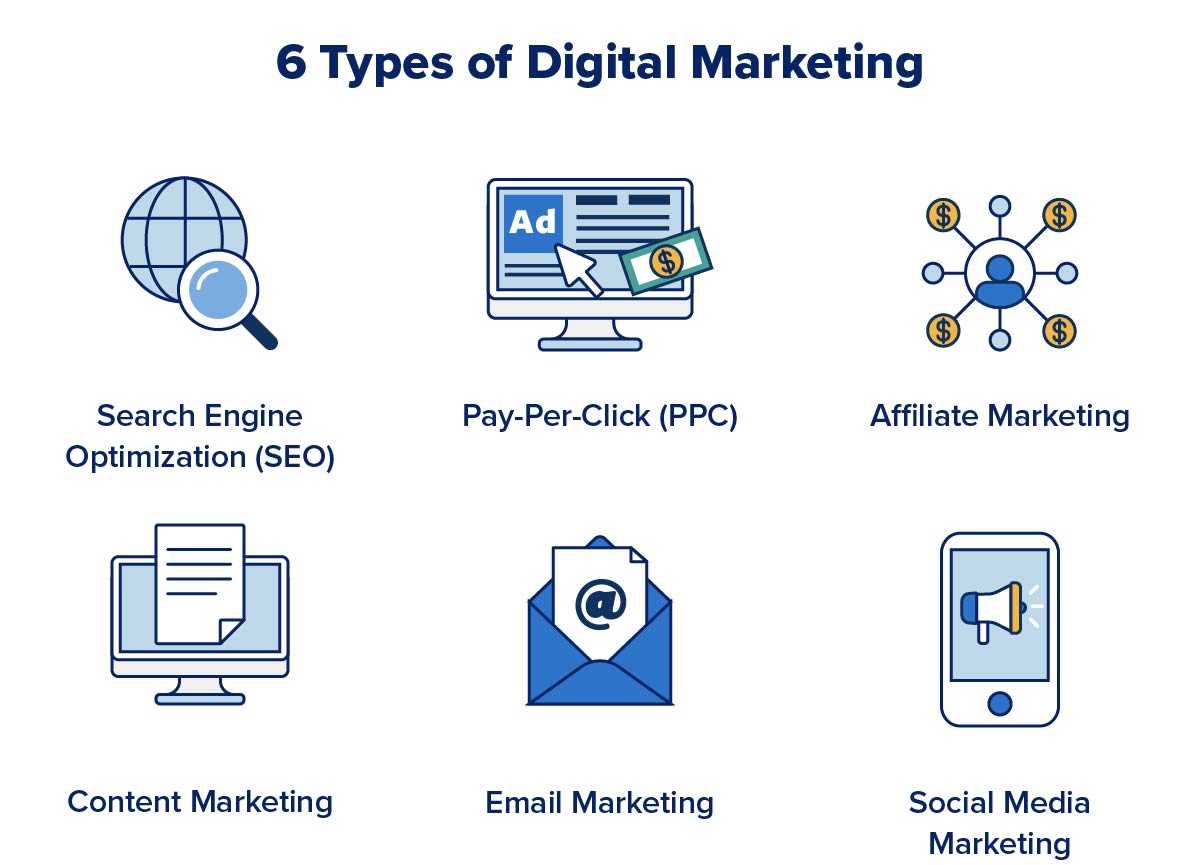Enhance User Experience and Drive Web Traffic With Receptive Internet Style
In today's electronic landscape, where users are accessing websites from a plethora of tools, responsive internet style has actually ended up being more crucial than ever. With its capacity to adapt and perfectly readjust to various screen dimensions, responsive design not just improves customer experience but likewise drives web traffic to your site. Why is this design strategy so crucial? Exactly how does it boost customer involvement and rise internet site web traffic? In this discussion, we will certainly check out the key elements of efficient receptive style, look into the very best practices for its application, and uncover the tricks to enhancing user experience while driving even more web traffic to your internet site.
Why Receptive Website Design Issues
Responsive web design is a vital facet of contemporary internet development because of its ability to guarantee optimum user experience across numerous tools and screen sizes. With the proliferation of smart devices, tablets, and various other mobile phones, it has actually ended up being crucial for sites to adapt and supply smooth performance no matter of the gadget being made use of.
The primary reason responsive website design matters is that it permits customers to have a consistent and satisfying searching experience, despite the gadget they are utilizing. A responsive web site immediately adjusts its content, layout, and design aspects to fit the display size and resolution of the device, making sure that customers can quickly interact and navigate with the web site without any aggravation or aggravation.
Additionally, receptive internet layout additionally plays a significant role in search engine optimization (SEO) Internet search engine, such as Google, prioritize websites that are responsive and mobile-friendly in their search results. By incorporating responsive design principles, internet sites can improve their presence and position, bring about raised natural website traffic and prospective clients.

Boosting Individual Involvement Through Responsive Style
Maximizing user interaction is a vital goal of receptive layout, as it ensures that individuals can conveniently access and communicate with web site web content on any device. With the enhancing use tablets and mobile phones, it is important for sites to adapt to different screen sizes and resolutions. Responsive layout makes it possible for sites to immediately change their design and web content to give a smooth user experience across devices.
Among the primary methods receptive style improves customer involvement is by lowering lots times. With a receptive internet site, users do not need to await different mobile variations to lots, causing much faster accessibility to material. This enhanced speed causes greater individual fulfillment and motivates them to spend more time on the site.
In addition, receptive layout improves individual interaction by improving navigating and customer interface (The Ad Firm seo). When a web site is developed responsively, menus and switches are optimized for touch communications, making it much easier for individuals to navigate and connect with the website on their mobile phones. This straightforward and user-friendly experience keeps individuals engaged and urges them to check out more of the internet site
Moreover, responsive style permits far better material presence and readability. By adjusting the layout and font style sizes to various devices, receptive websites make certain that individuals can conveniently check out and recognize the material. This enhances customer engagement by decreasing the demand for zooming or scrolling to review the text.
Raising Internet Site Traffic With Responsive Internet Design
With the growing popularity of mobile phones, having an internet site that is receptive to various screen sizes and resolutions is crucial for driving increased web traffic. In today's digital landscape, individuals are accessing internet sites from a selection of devices such as smartphones, tablets, and home computer. Each of these devices has different screen sizes and resolutions, and if your site is not created to adjust to these variants, it can cause a bad individual experience and a loss of prospective web traffic.
Responsive web style guarantees that your site looks and functions optimally across all devices. By using flexible grids, liquid photos, and media inquiries, responsive design enables your internet site to instantly readjust its navigation, web content, and design to fit any display dimension. This implies that users will certainly have a seamless browsing experience no matter whether they are utilizing a huge desktop computer or a small smart device computer system.
Crucial Element of Efficient Responsive Layout
Efficient responsive layout integrates numerous crucial elements that make certain a seamless user experience across various gadgets. One of these elements is adaptable grids and layouts. By utilizing relative units like percents rather than repaired units like pixels, designers can create layouts that adapt and scale to fit different screen sizes. This allows material to be displayed in a aesthetically attractive and readable fashion on any gadget.
Another crucial component is media queries. These allow designers to use various styles and layouts based on the attributes of the customer's device, such as screen size and orientation. By utilizing check these guys out media inquiries, developers can maximize the discussion of web content for each gadget, making certain that it is easily accessible and readable.
Responsive pictures are likewise critical in reliable receptive layout. Photos that are also huge can slow down page load times on mobile devices, while images that are also small might show up pixelated on bigger displays. By utilizing strategies such as receptive picture resizing and careless loading, designers can make sure that pictures are properly sized and enhanced for each device.
Lastly, efficient responsive design involves a mobile-first strategy. This suggests prioritizing and developing content for mobile phones initially, and after that enhancing the layout and increasing for larger screens. This strategy makes certain that one of the most essential web content is easily obtainable on smaller screens, while still giving a rich experience on bigger tools.
Best Practices for Implementing Responsive Internet Style
Applying responsive internet style requires cautious consideration of numerous ideal methods to guarantee an optimum individual experience across various devices. When applying responsive internet design., right here are some key finest practices to comply with.
Firstly, it is vital to prioritize mobile customers. find here With the enhancing prominence of mobile phones, creating for mobile-first has ended up being crucial. Begin by designing for smaller displays and afterwards gradually boost the layout for larger displays.

One more essential best technique is to optimize photos for different display resolutions. Big images can reduce the packing time of your web site, especially on mobile phones with slower connections. Usage responsive photos that can be resized based on the device's display resolution to improve efficiency.
Additionally, examination your site on various devices and display sizes to ensure a seamless and regular experience. There are various visit here testing tools available that can help you determine any kind of problems and make essential adjustments.
Last but not least, prioritize functionality and availability. Make certain that your site is very easy to navigate, with clear and concise content. See to it that your internet site is available to individuals with disabilities and complies with access guidelines.
Conclusion
Finally, receptive web style plays an essential function in boosting customer experience and driving traffic to sites. By embracing receptive design principles, web sites can make certain optimum seeing experiences across different devices, causing raised user engagement (The Ad Firm Carlsbad). Furthermore, responsive style can likewise add to higher web site web traffic as it enhances online search engine positions and assists in simple sharing of material. For that reason, companies should focus on implementing the crucial elements and finest techniques of receptive style to efficiently meet the needs of contemporary individuals.
Maximizing user interaction is a key goal of responsive layout, as it guarantees that customers can quickly gain access to and engage with website material on any kind of gadget. Receptive design allows websites to immediately readjust their layout and material to provide a seamless customer experience across gadgets.
In addition, receptive style boosts user interaction by boosting navigating and user interface.Responsive photos are also important in reliable receptive design. By embracing receptive layout concepts, sites can make sure optimum viewing experiences across different gadgets, leading to boosted customer engagement.